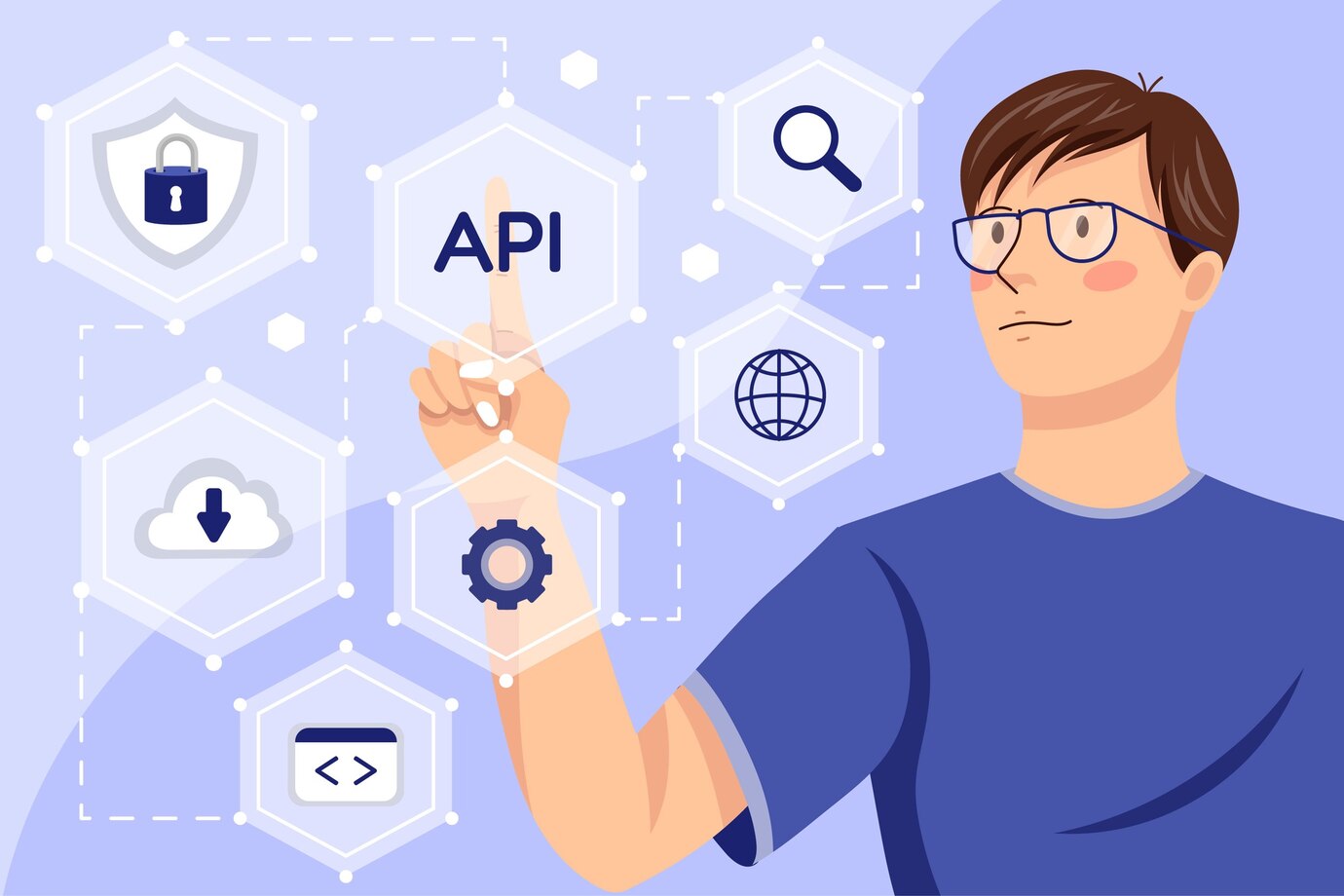
Untold realization is being made in the insurance industry, it is this technology that is fostering changes not only in the delivery of services but also in their consumption.
Application Programming Interfaces are the main elements of such a transformation. They are a crucial means by which insurers can digitize their processes, offering first-rate service to clients and simplifying intercommunication among various systems.
The role of APIs is so prominent that for software developers, IT managers and tech professionals, their understanding becomes not an extra but one of the paramount requirements.
This blog will throw some light on what APIs accomplish, how they help face modern insurance platform challenges, and how they are leading to future development.
An Application Programming Interface represents the bridge between systems, platforms, and applications which is ultimately responsible for exchanging information. APIs are a group of intermediaries that facilitate the transfer of data and are thus the base of many functionalities.
To explain APIs; think of them as a language translator for your complex insurance system passing messages to payment gateways and other third-party systems, like the fraud detection service.
In industries such as insurance, APIs are mostly irreplaceable as they ease data sharing and communication between the systems of different departments, thus ensuring the precision and compliance of the whole network.
Through the application of APIs, insurance systems can easily be agile and scale up to deliver their customers with the best solution possible. In fact, no IT manager or developer would overlook this potential.
Insurance platforms are complicated, as they consist of various interconnected systems that are involved in the different processes like underwriting, process claims, and customer service. This gets even more complicated when different systems have to operate together, such as third-party apps like banking and compliance checks.
The major hurdles on the way to the success of insurance platforms:
These challenges may be the cause of inefficiency or hindrance to creativity. Nonetheless, the adoption of APIs makes it possible to overcome these limitations and to change the problems into opportunities.
APIs are the main drivers of the progress in modernizing insurance processes. The following are some of their ways of helping to counter the common challenges that are encountered by insurers and the insurance sector in general:
APIs make it possible for the data to be shared and retrieved by creating connections that are not restricted to platforms only. An example of this is the ability of APIs to pull data from a CRM which it then shares with an underwriting platform. This action gives the user a single view over the customer.
APIs make things clearer by simplifying the integration of the old systems. These APIs work as a go-between, thereby allowing communication to happen between the current system and the third-party applications and cloud-based software.
Now, insurance companies can come up with innovative ideas that do not have to go through the process of replacing their infrastructure.
APIs can be employed to optimize the customer experience touch points. A wide array of offerings can range from the digital claim submissions provided via mobile apps to the integration of bots in customer service that operate round the clock.
APIs streamline the data verification procedure and definitely, they ensure that the applications comply with the standards set by the regulatory bodies. For instance, in the case of APIs, the integration of fraud detection protocol into the claims management systems might result in automatic indentifying of anomalies.
APIs allow insurers to be flexible in taking a modular approach. They can incorporate functionalities or new services from third parties whenever needed, without touching the entire system. Hence, the system is scalable and can be grown further by enhancing the business activities.
Plenty of application cases of modern insurance firms are using APIs. These are a few of them.
The process of a claim is done using data from several streams incorporating the customer details, vehicle records, the financial transaction and the AI fraud detection system. The interfaces enable access to these resources and also contribute to the fast processing of the claims without any errors.
Thus, by using an API, for example, the system could get accident data from a third party provider automatically and further on, it could integrate it into claim forms, thus saving a considerable amount of time from the manual work process.
API enables the digital transformation of the whole policy cycle from the customer onboarding to the renewal and modification of contracts.
Actually, a single API is enough to update the customer relationship management software, customer applications, and the accounting software. Thus, the whole process is very smooth for both the insurer and the customer.
Data collection is an important aspect that insurance companies have to be accurate in if they want to achieve the correct risk profiles. APIs help to intergretae and fetch data from demographic databases, weather forecasts or IoT devices, such as vehicle tlematics, which informs underwriting.
The need for customers to be provided with personalised service is gradually increasing. APIs can be connected with AI tools and analytics platforms for example, to give personalized policy recommendations on the basis of previous customer interactions.
The benefits of APIs are diverse. Why should all insurance professionals and IT managers invest in APIs?